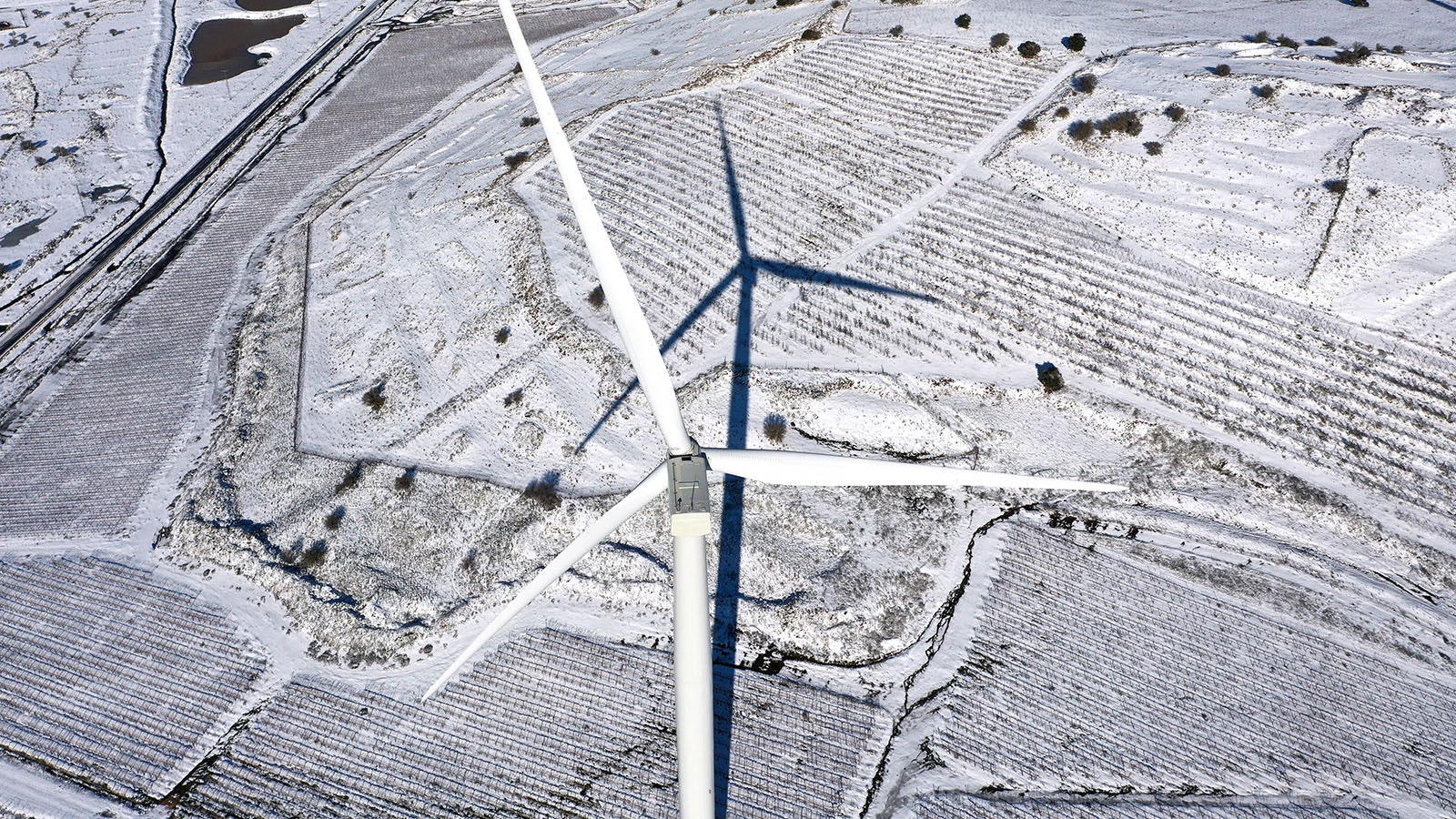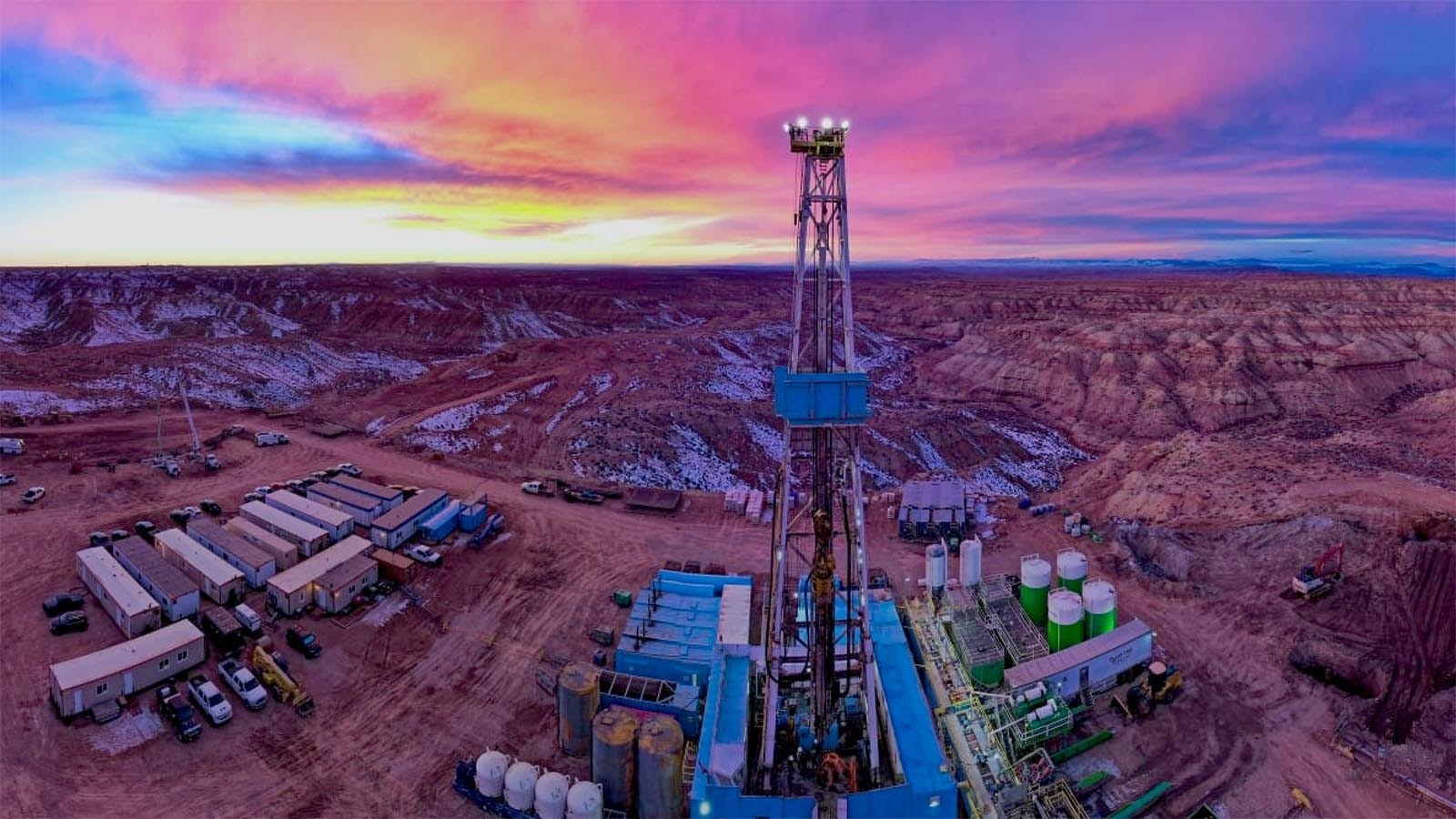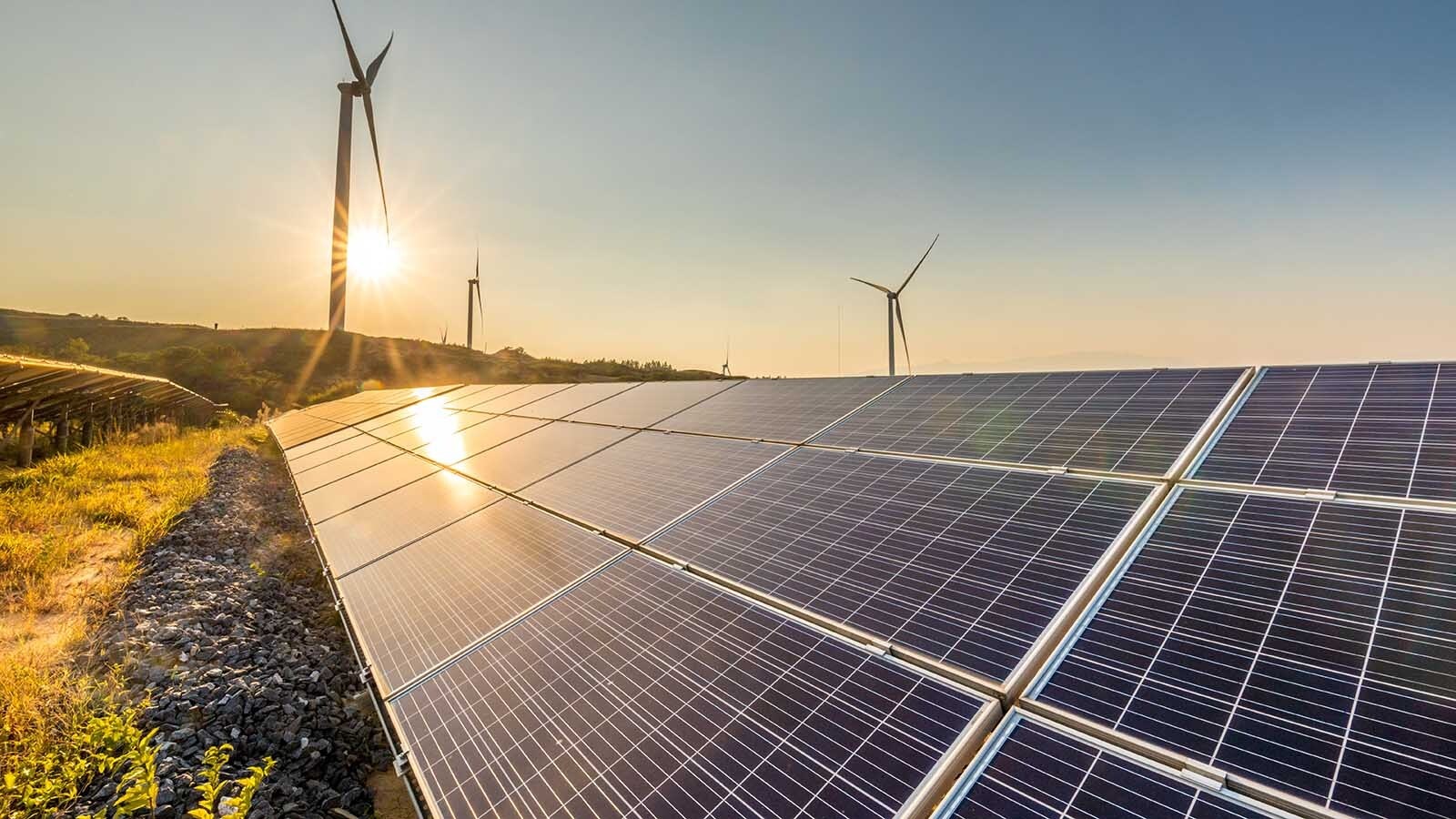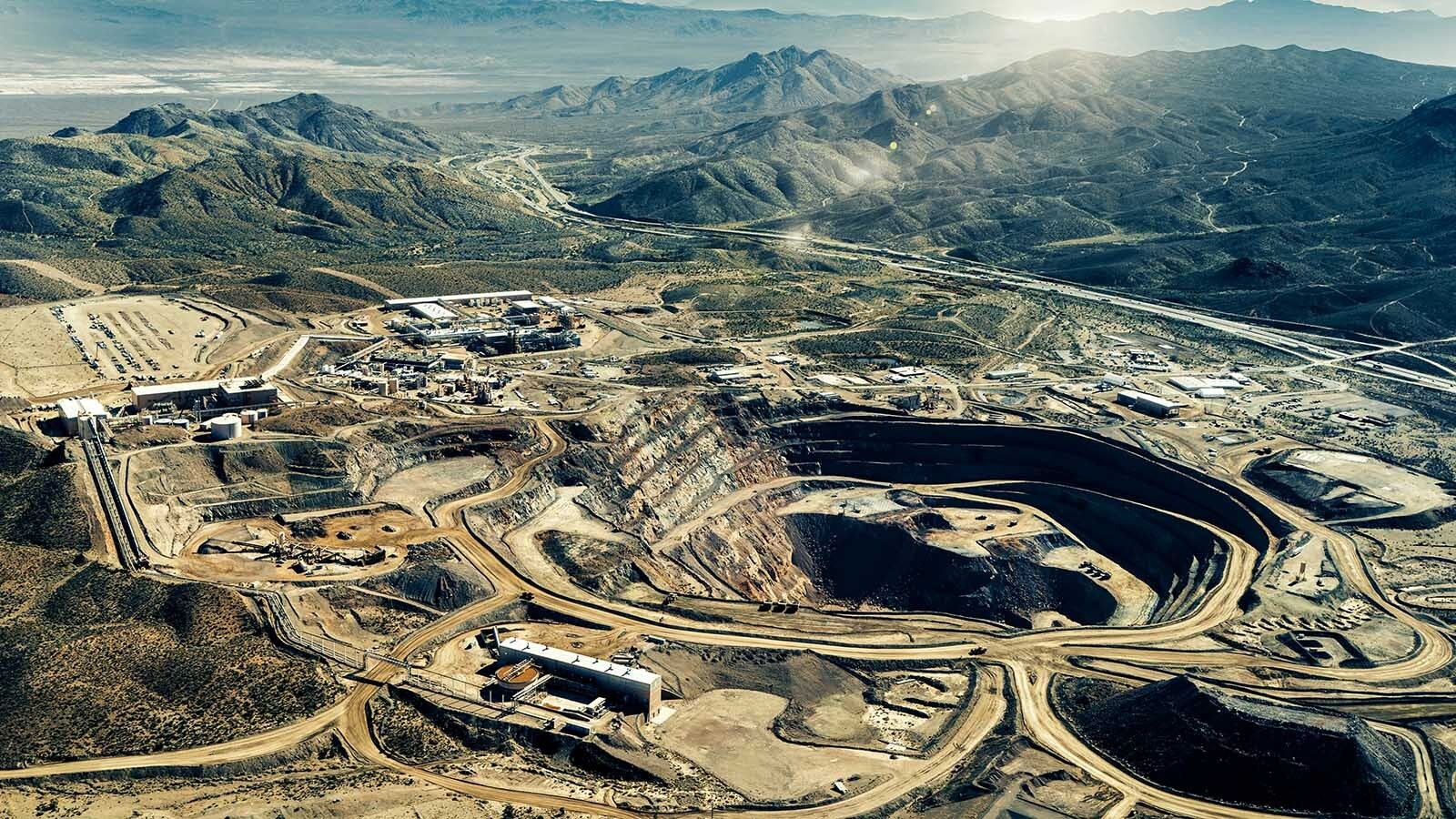Differences between property tax estimates provided by wind farm developers and actual tax assessments energy producers receive when a farm is operating has created a dispute over whether the state or Wyoming counties where the farms are located should do the assessments.
Selling Factor
As part of their application to the state Department of Environmental Quality Siting Division (ISD), developers estimate what property taxes will pay out over the life of a project.
Unlike utilities that operate wind farms and are regulated by the Wyoming Public Service Commission, independent power producers, which are defined as private entities that own facilities to generate electric power for sale to utilities and other companies, receive their property tax assessments from the Wyoming Department of Revenue (DOR).
How these assessments are done and what information is used in the valuation process are not public records.
In recent years, Converse County Assessor Dixie Huxtable began to wonder how close the estimations are to actual valuations.
The property tax estimates are “a selling factor to those communities,” he said. “We’re going to bring you property tax. We’re going to build this in your community. It’s going to bring jobs. It’s going to be revenue.”
Nowhere Near
Using ISD applications and other information that is publicly available, Huxtable did an analysis of Converse County wind farms, and she asked other counties to do the same.
What they found was the company and DOR assessments weren’t close.
“We found that what was being assessed for property taxes, based on the value the department puts out, is nowhere near to what the company said they would anticipate paying in taxes over the life of the property,” Huxtable said.
Huxtable said it varies between projects, and most of the estimates developers provide are accurate the first year. But over the life of a project, the estimates are much higher than what actually comes in.
‘Dog-And-Pony Show’
Since the methodology the state uses in any individual assessment is confidential, Huxtable can only guess why they exceed actual tax revenues.
“They start holding meetings. I call it a dog-and-pony show — whatever you want to call it — they come to the community and say, ‘This is what we’re going to do,’” Huxtable said. “So they’re overestimating what they’re going to bring to our community — knowingly or accidentally, whatever the case may be.”
The disparity could be caused by how the state’s assessment methodology the ISD applicants do their estimations, or it could be something else. But some projects bring in only 30% of the revenues they estimated, she said.
Back To The State
DOR Director Benda Henson said the department had discussions in 2021 that led to a conclusion that the state doesn’t have the legal authority to value independent power producers.
In the 2022 legislative session, a bill was drafted in both chambers of the Legislature that would grant that authority to the state, but neither version was introduced.
As a result, the DOR handed the 2023 assessments over to counties, and they hired a third-party firm out of Texas that specializes in assessing wind projects to do them this year.
The Corporations Elections and Political Subdivisions Committee drafted a similar bill as the 2022 bill for introduction in the coming legislative session.
If it passes, the DOR will resume wind assessments.
Own Backyard
However, county assessors want to hold onto that responsibility.
Counties assess other complex industrial facilities, such as gas plants and coal mines, and independent power producers are usually located in only one or two counties.
“We believe that we can value them and get a fair market value appropriately and timely,” Huxtable said, adding that she’s not saying that the DOR is doing anything wrong.
However, Huxtable argues that there’s a benefit to assessing projects in your own backyard, and independent wind farms fit the category and characteristics of other industrial facilities counties are already value.
“We have feet on the ground. We see these facilities. We deal with the people that live in our counties and work on these facilities,” Huxtable said. “We know the impacts that they have to our county resources.”
Third-Party Assessments
Because one firm does the assessments for all counties, Huxtable said there would be consistent standards across counties.
Rep. Dan Zwonitzer, R-Cheyenne, said having counties perform the assessments with a third-party firm is an unnecessary cost to Wyoming’s taxpayers.
“It doesn’t make sense to me that each county is paying an independent company in Texas to evaluate them and charging the taxpayer, when we already have a Department of Revenue who’s been doing it and doesn’t charge us any money,” Zwonitzer said.
No Appeal
In its current form, this year’s draft bill contains language that would allow counties, should they request it, information on how the DOR assessments are done.
However, Huxtable said there’s no way to appeal an assessment or make the information public. It would remain confidential.
“So, there’s really nothing we could do with it,” Huxtable said.
The only way the assessments can be appealed is if the assessed owner of a property initiates the process. It’s been at least a decade since any producer has filed an appeal.





